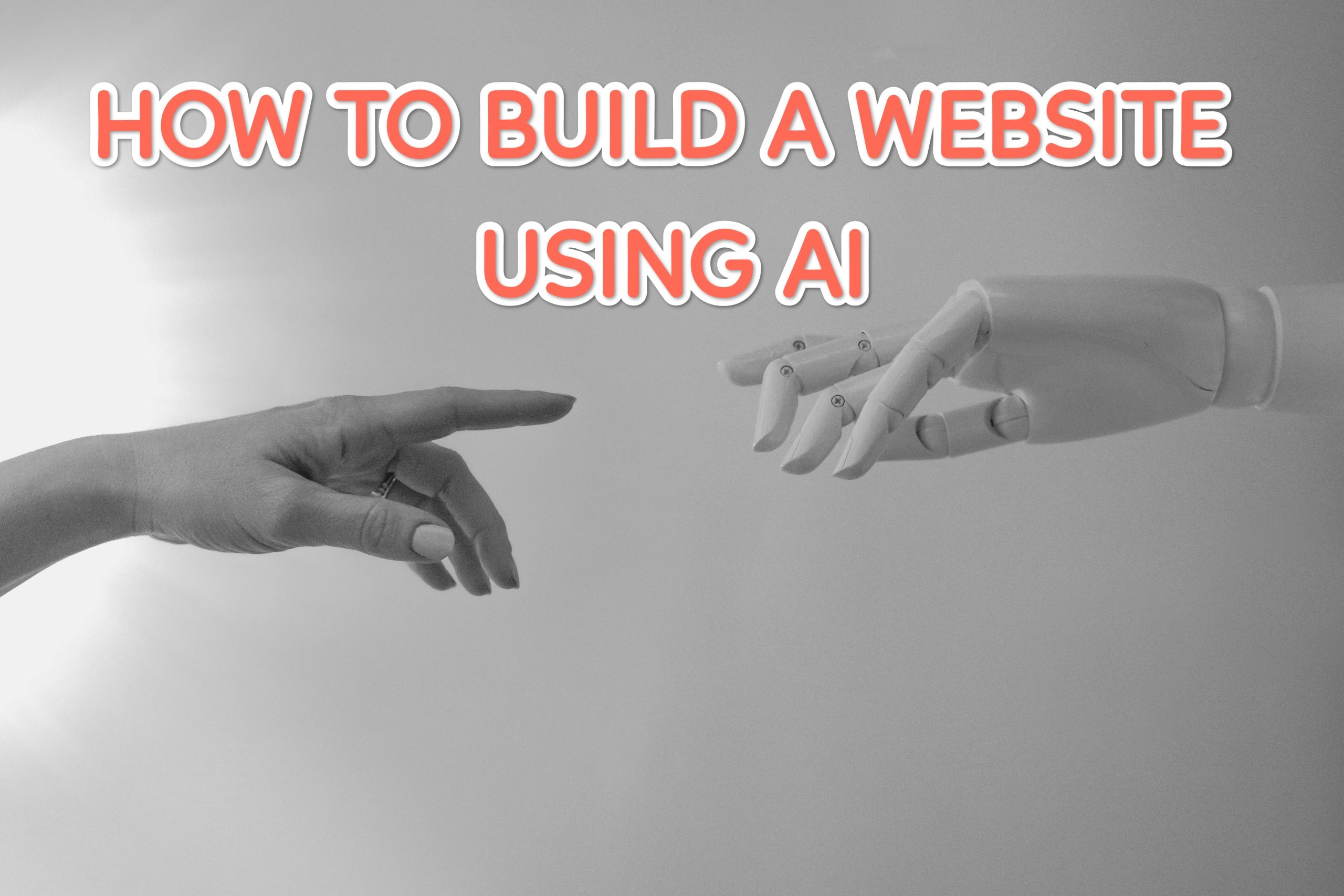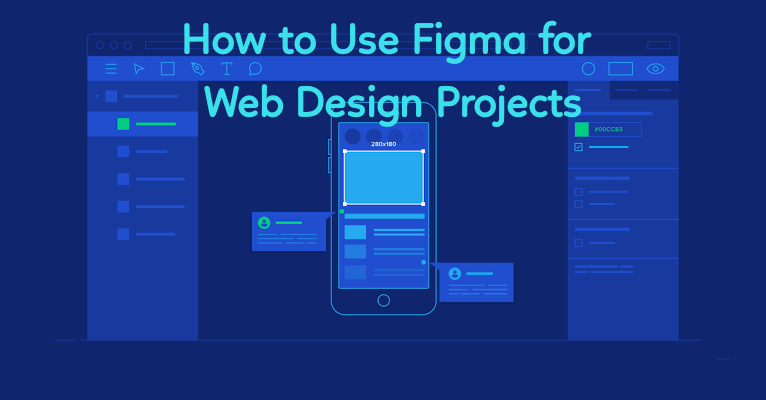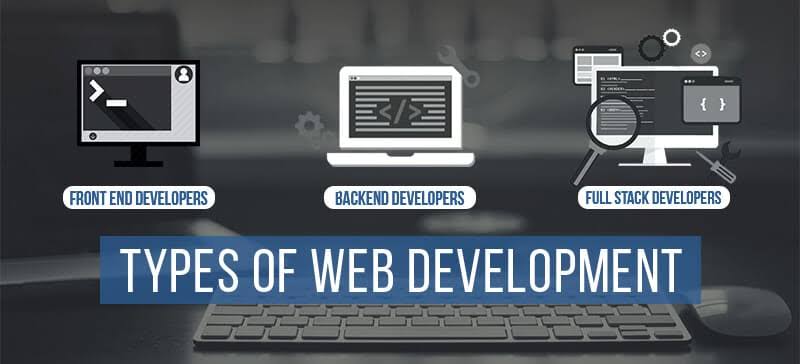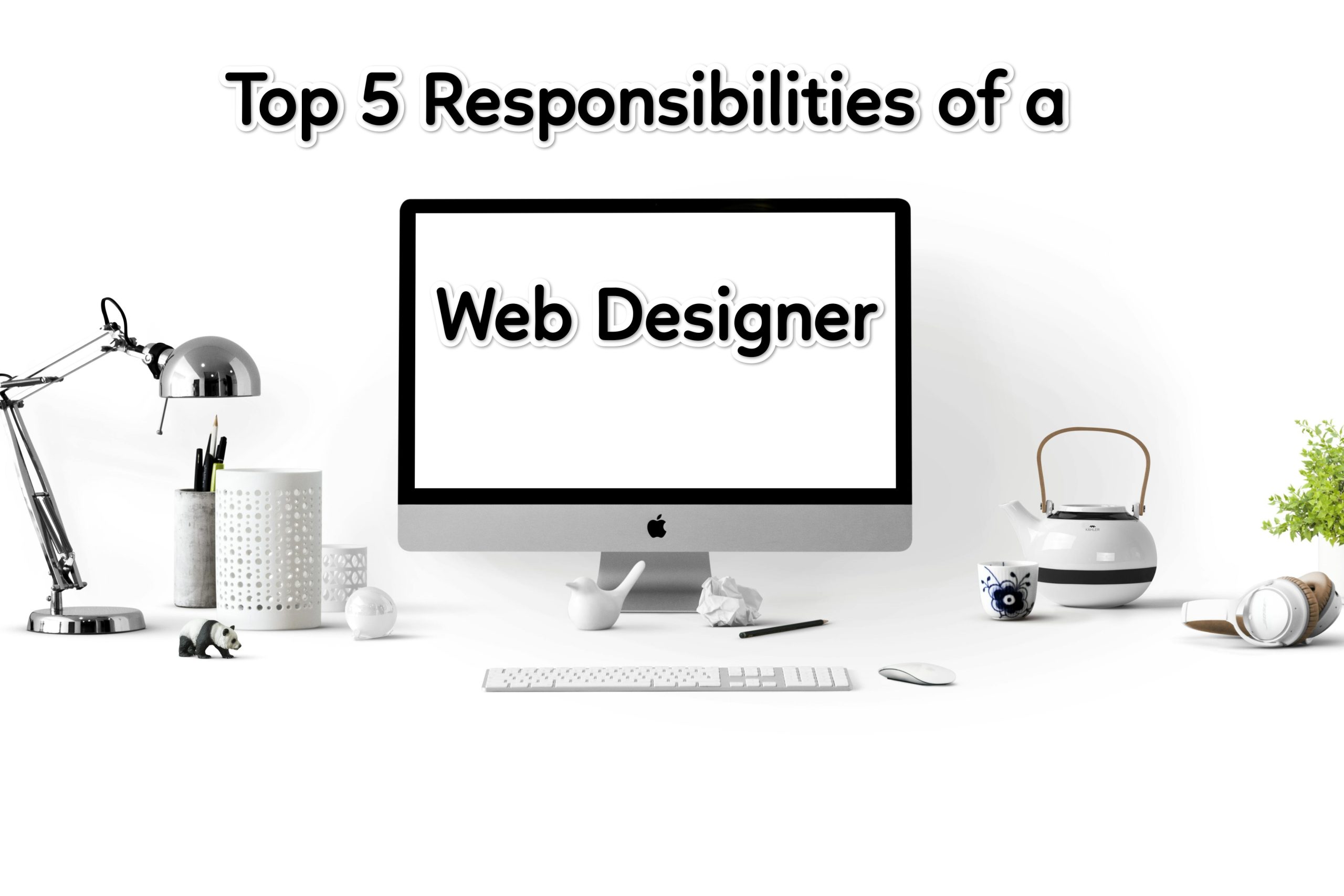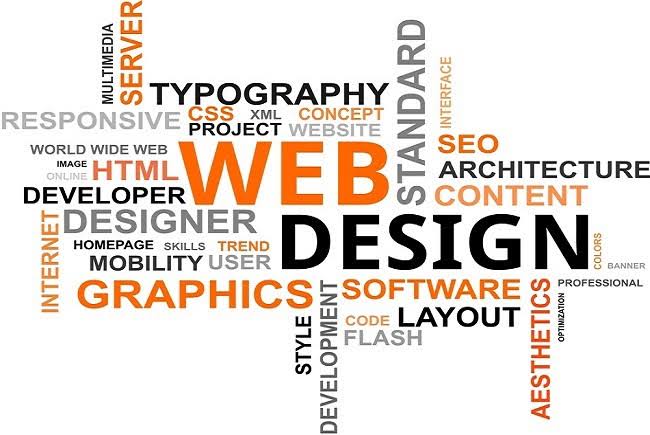
Web design refers to the process of creating a website. This involves a wide range of tasks such as designing the layout, creating visual elements, and writing code to make the website functional. Furthermore, it is a combination of both technical and creative skills. Therefore it requires several skills such as web development, graphic design, and user interface design. A web designer creates the look, feel, and overall layout of a website. This is achieved through sketching out wireframes or creating mockups to visualize the overall structure and layout of the website. Additionally, they use programming languages such as HTML, CSS, and JavaScript. This process ensures that the website is easy to navigate, the content is easy to read, and the overall experience is enjoyable for the user.
Finally, the website will be tested across different web browsers and devices to ensure that it is fully functional and looks great on all of them. Thereafter, the website is launched, monitored, and updated periodically.
Types of Web Design
There are several different types of web design, each with its own set of characteristics and best practices.
Static Web Design: These are simple websites that don’t update dynamically and have a fixed layout. They are typically made with HTML and CSS and frequently make use of basic templates. Therefore, they are used for small informational websites without a constant need for change.
Dynamic Web Design: This form of website is more responsive and interactive. Moreover, they tend to adapt based on user input or other factors. A database stores and retrieves data on dynamic websites, which are typically developed using server-side programming languages like Python, and Ruby. Finally, this type of website works best for bigger, more complicated websites that have to manage a lot of data.
Responsive Web Design: The importance of responsive web design has increased with the popularity of mobile devices. Through this, a website can automatically adjust to the width and height of the visitor’s browser window, regardless of whether they are using a desktop, tablet, or smartphone. This guarantees that the website will display and operate properly on all devices.
Single Page Web Design: Web pages that fit on a single page are known as one-page web designs. It loads all of the text, graphics, and other data onto a single page. Portfolios or straightforward landing pages work well for these kinds of websites.
Parallax Web Design: Parallax web design is a technique that creates the illusion of depth. This is achieved by making the background images move slower than the foreground images as the user scrolls down the page. This creates a sense of movement and a more immersive experience for the user.
Card-based Web Design: Card-based web design uses a grid of “cards” to display content. Additionally, each card contains a variety of different types of content, such as text, images, and video. Therefore it is a popular design choice for sites with a lot of content because it allows for a clean, organized layout.
Generally, these are a few of the most popular types of web design. Therefore, the choice of type of design depends on the requirements of the website, the target audience, and the message you want to convey.

